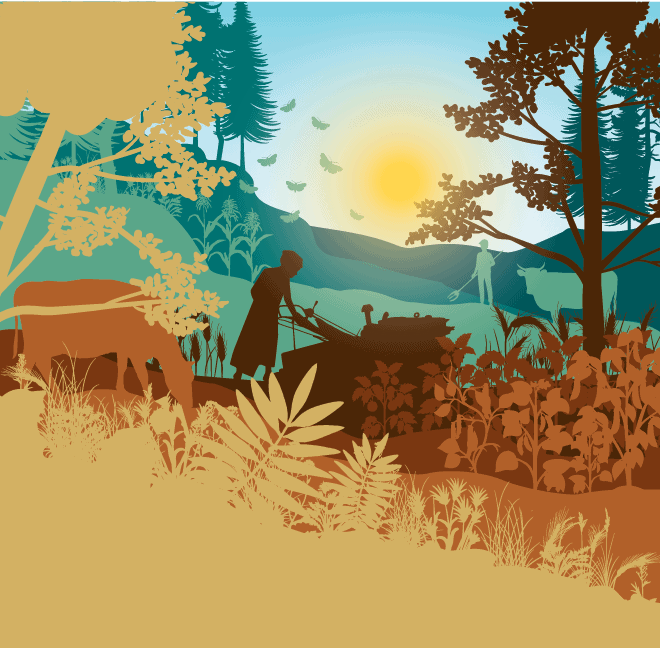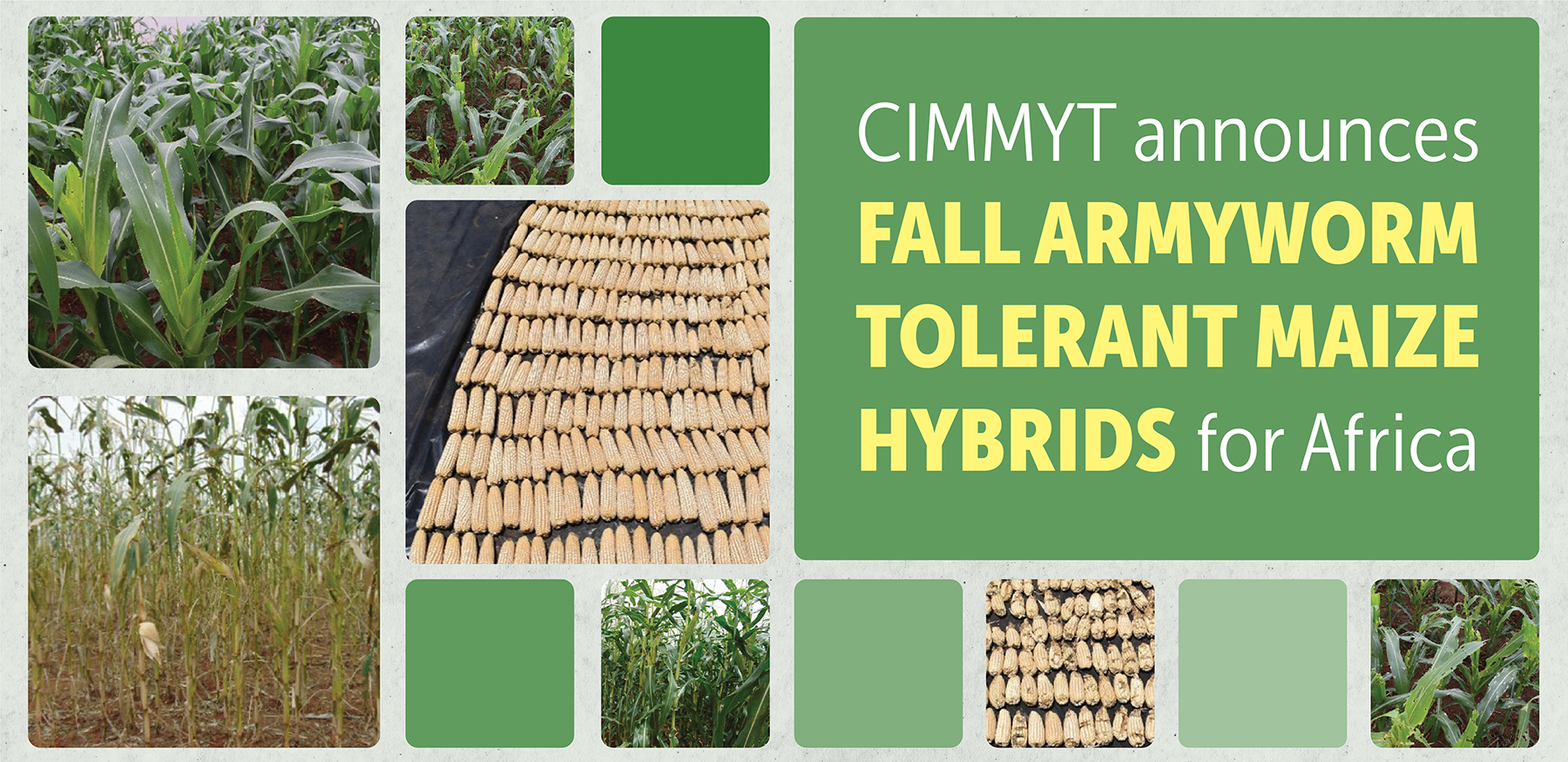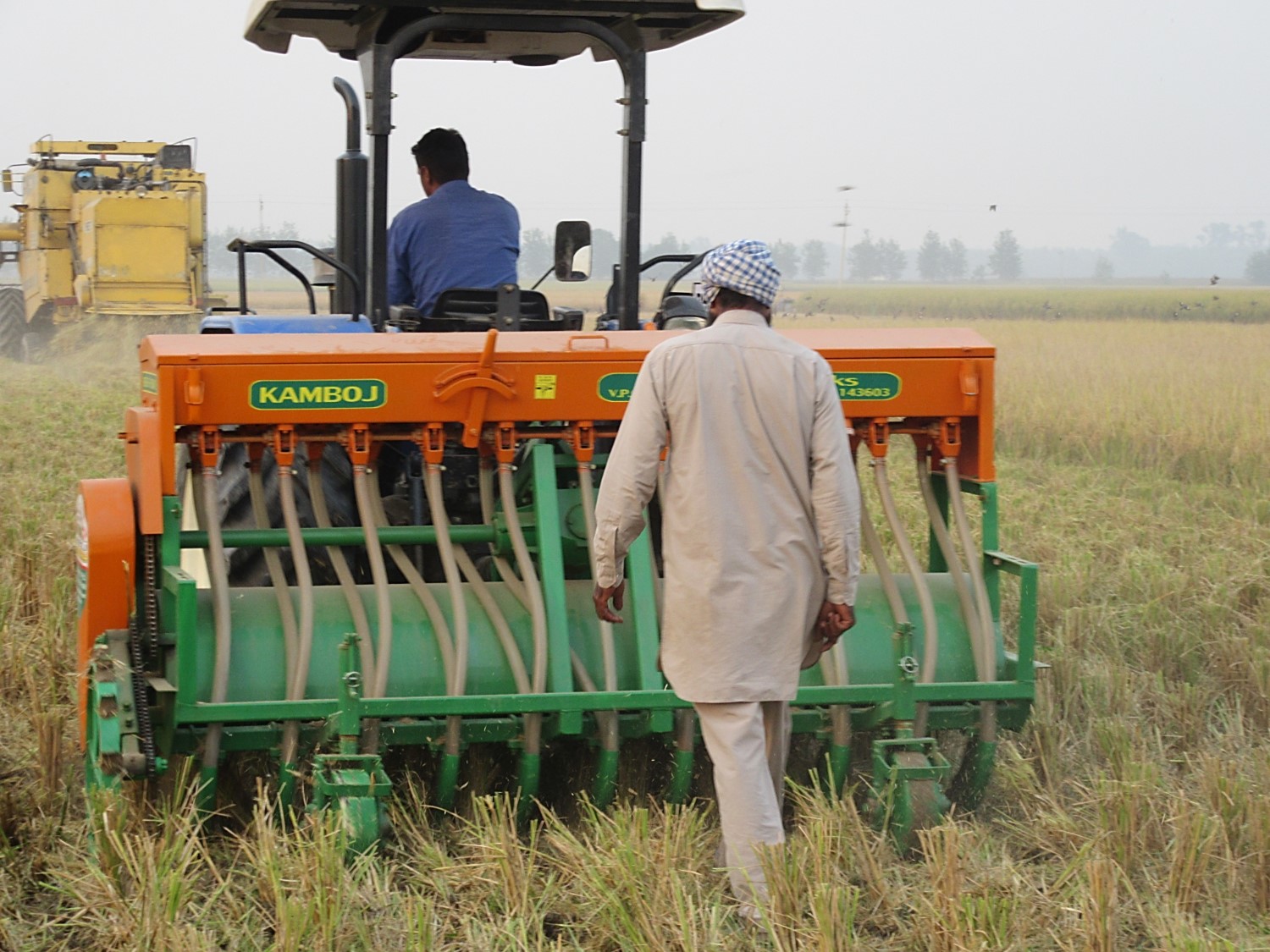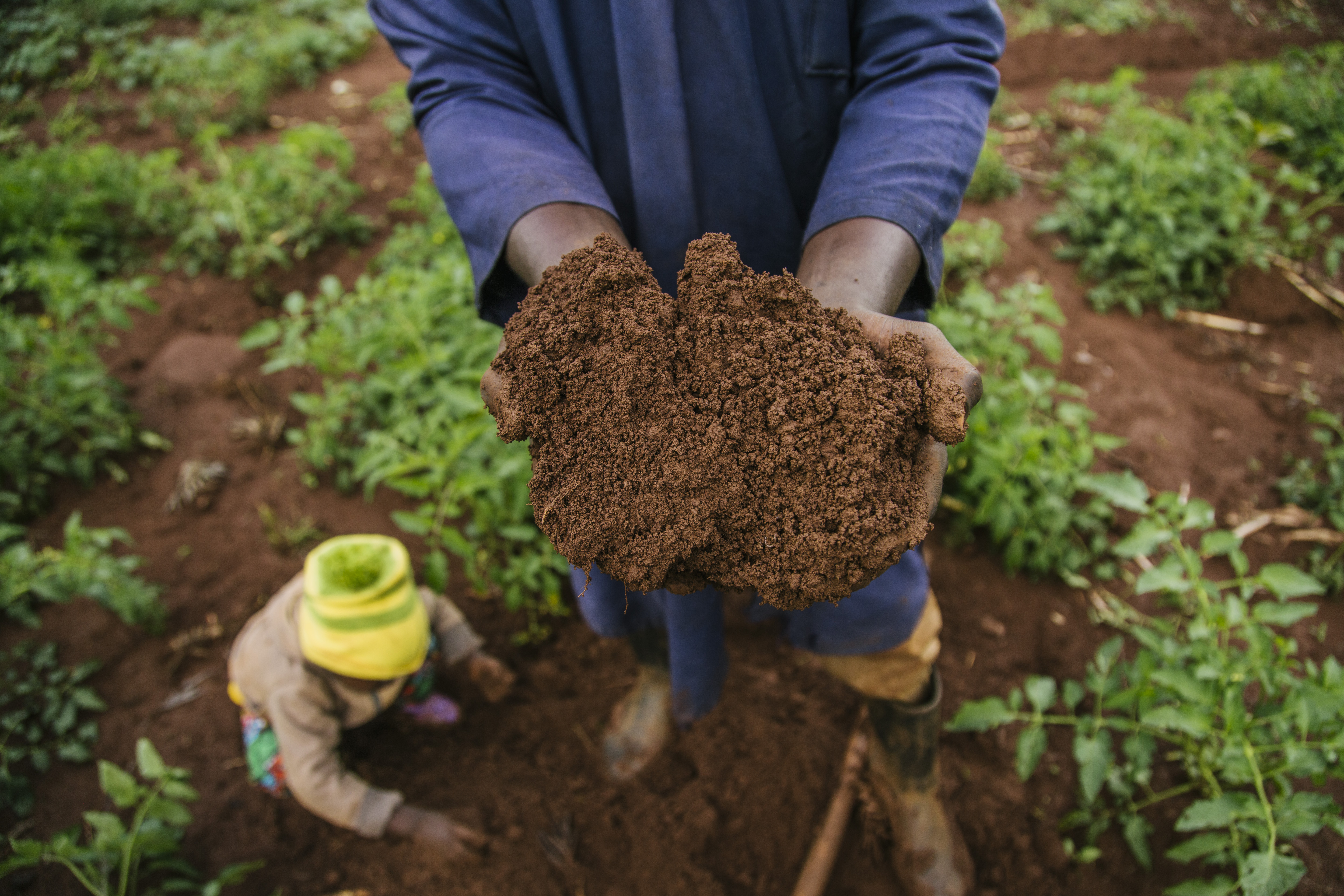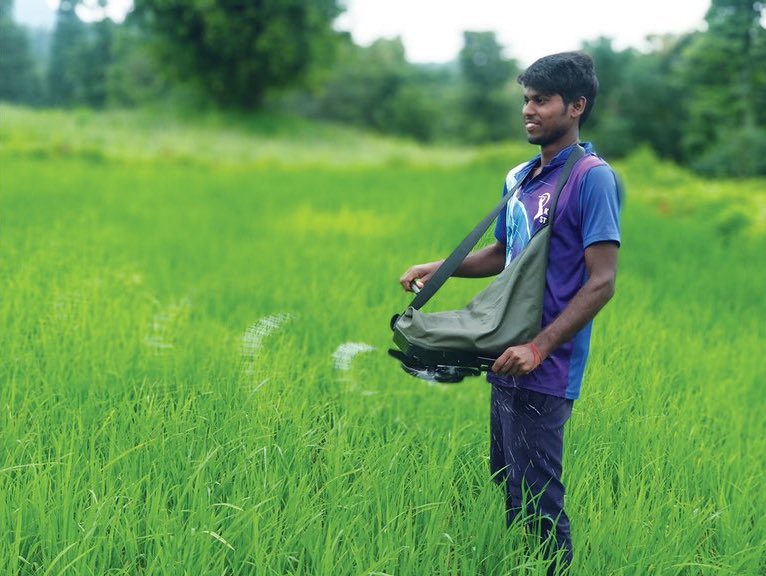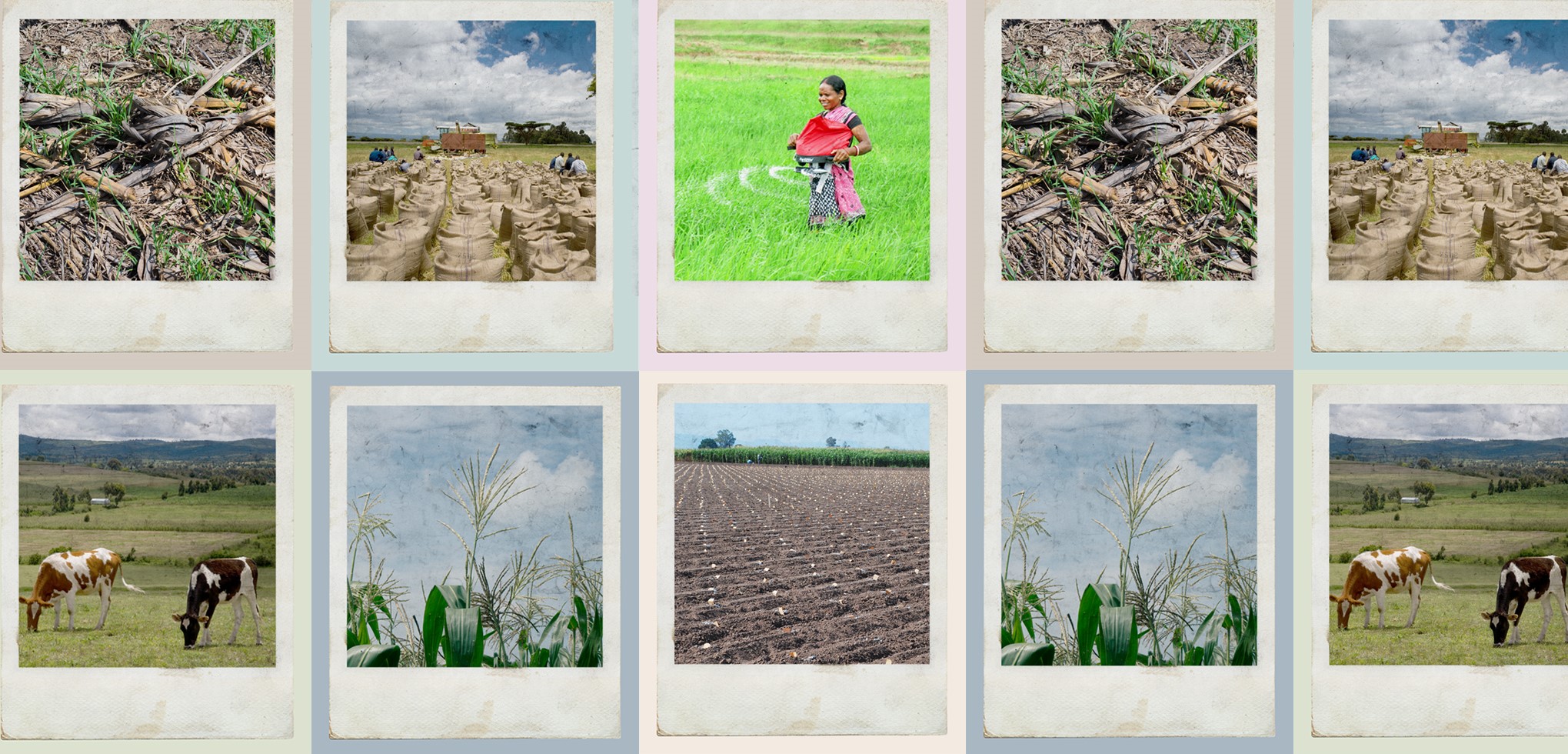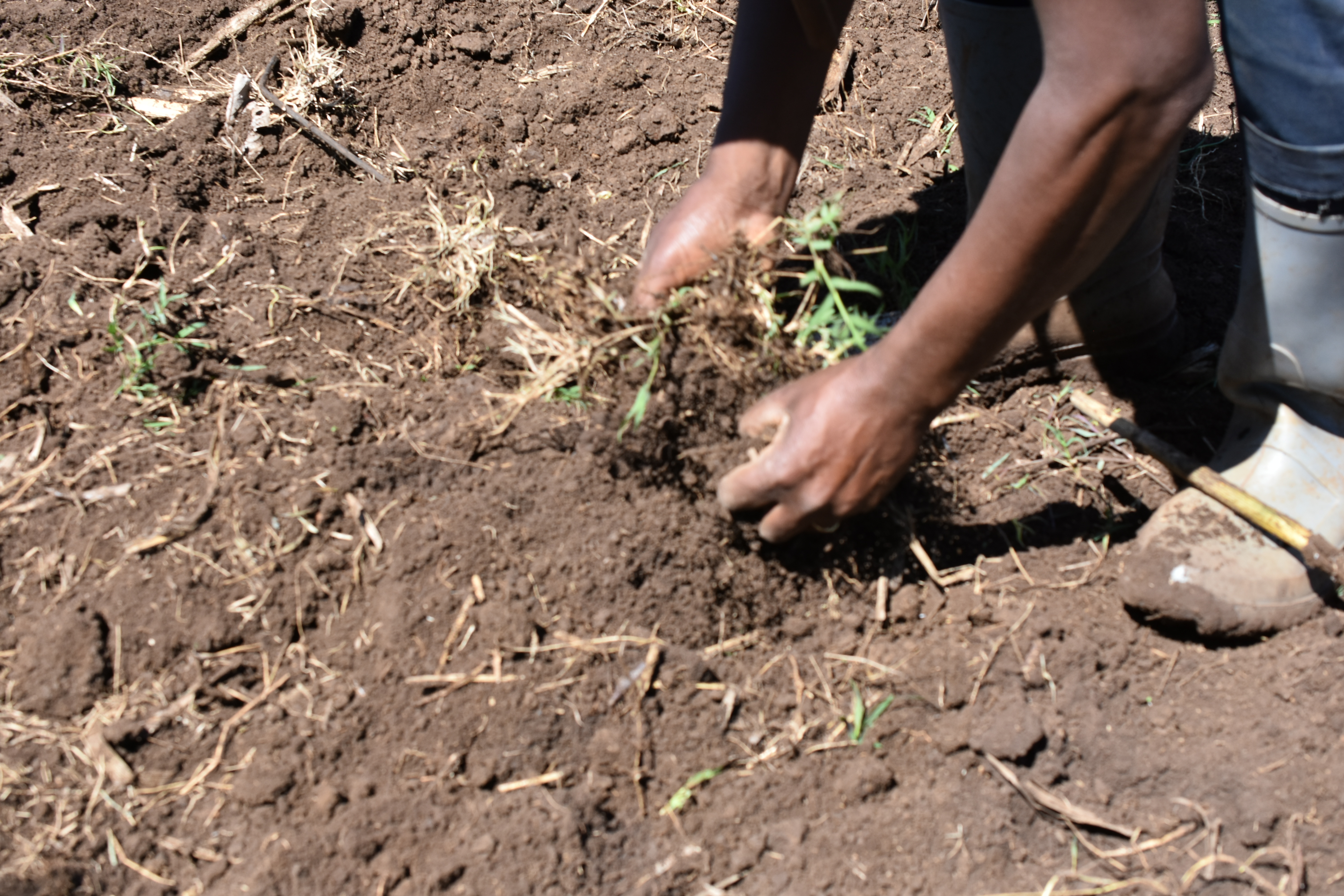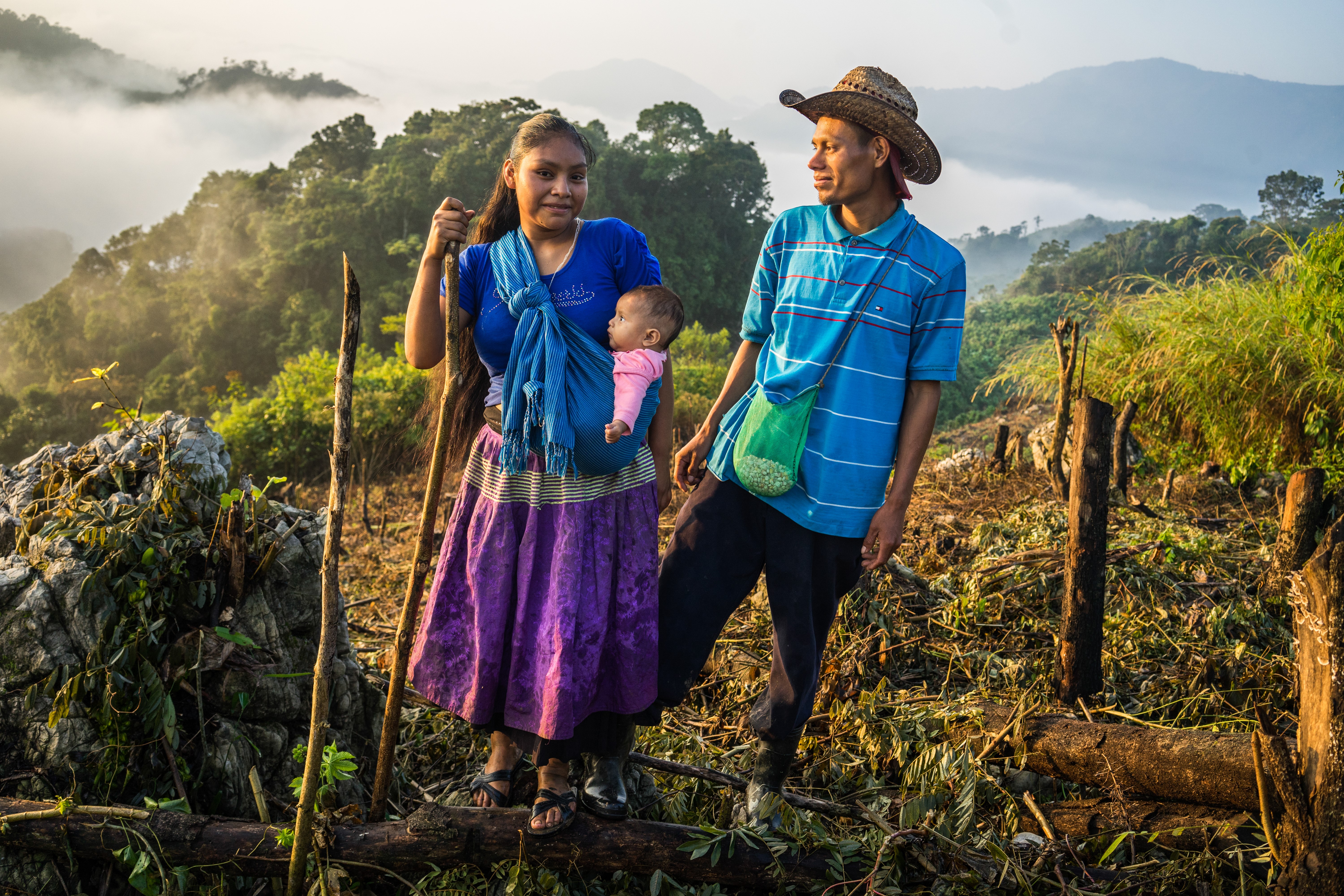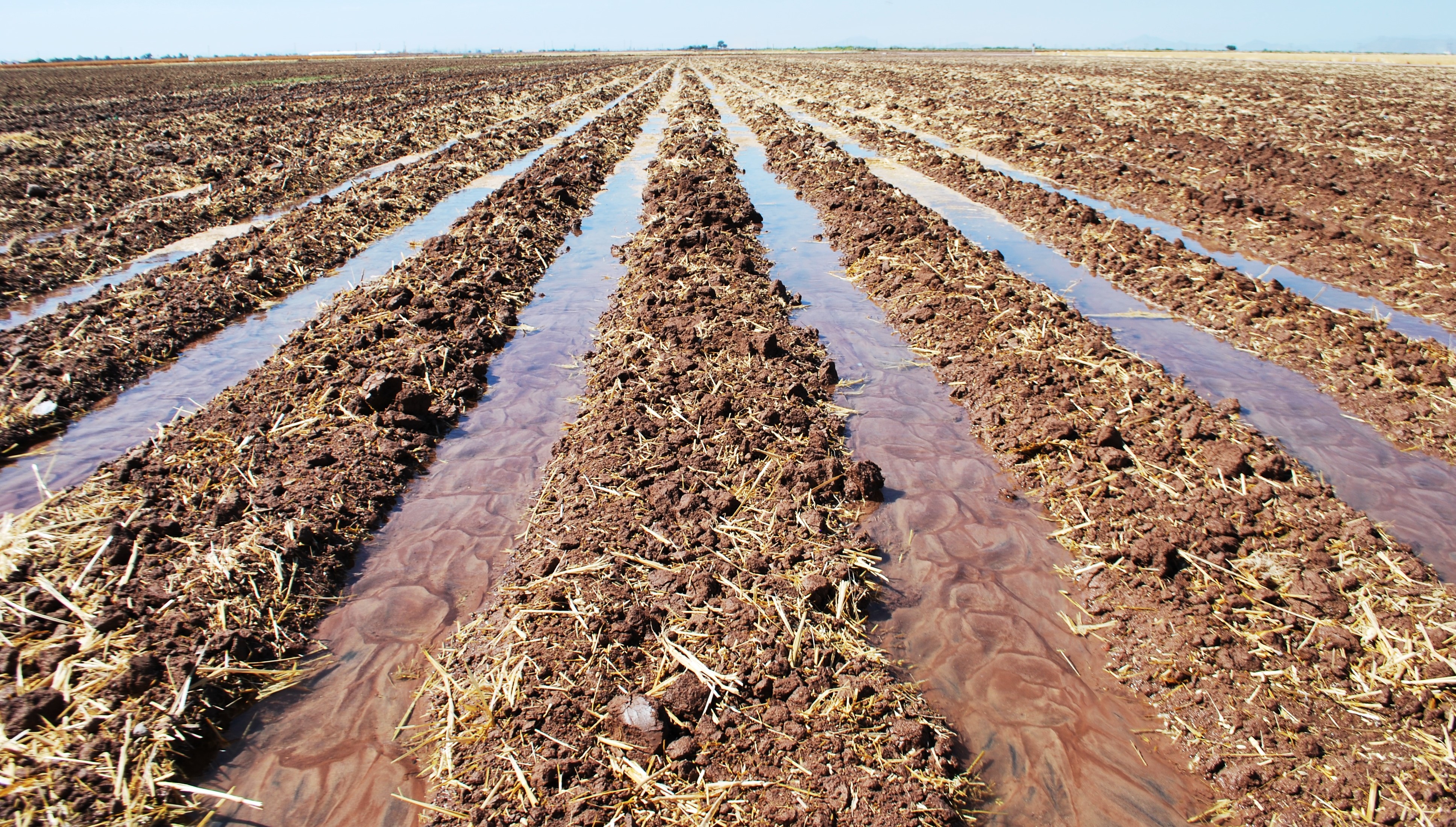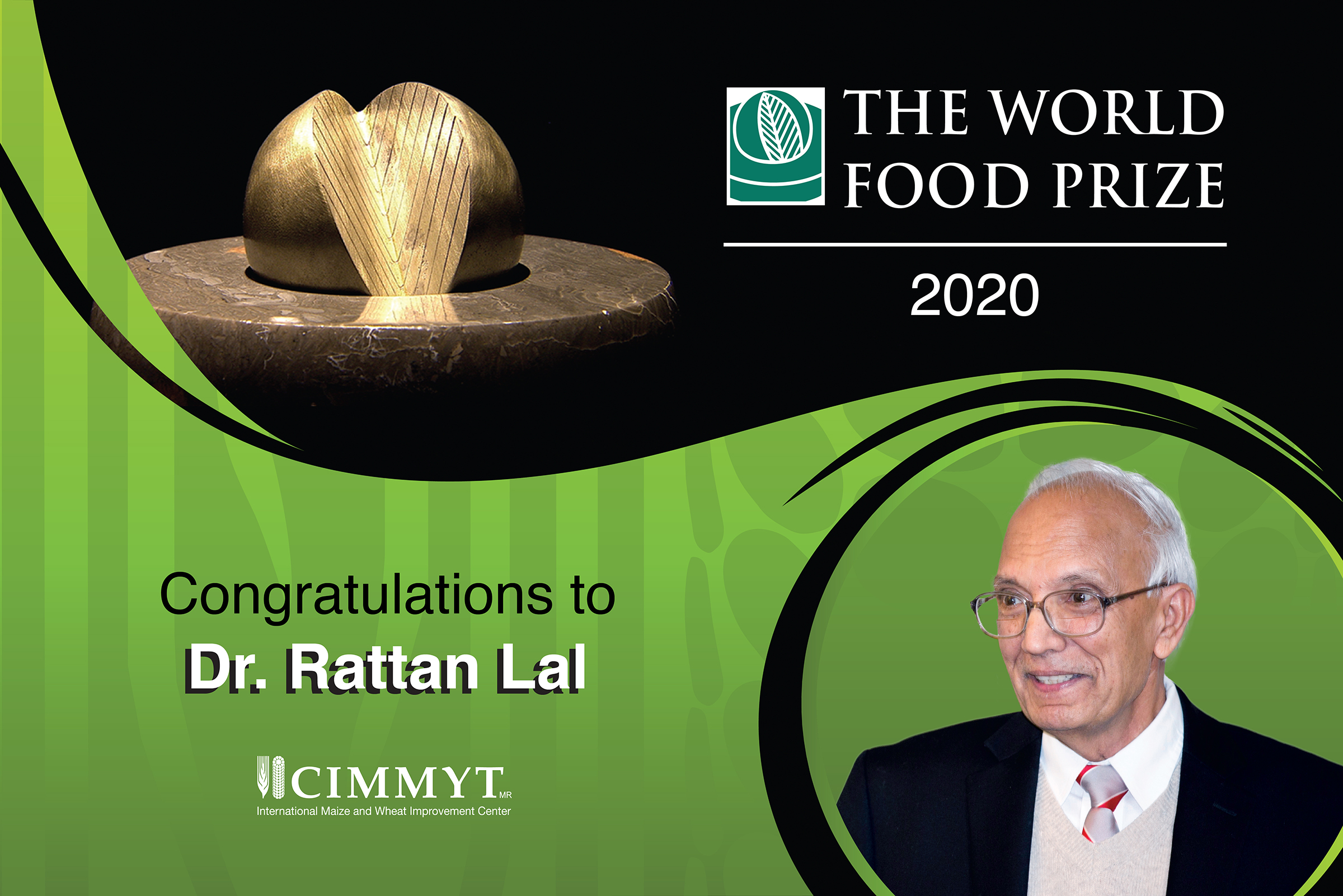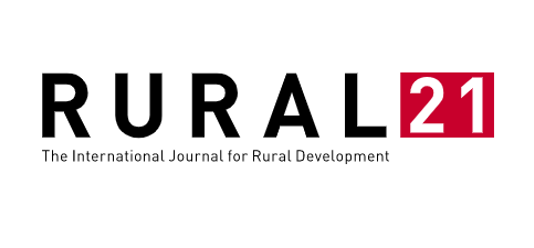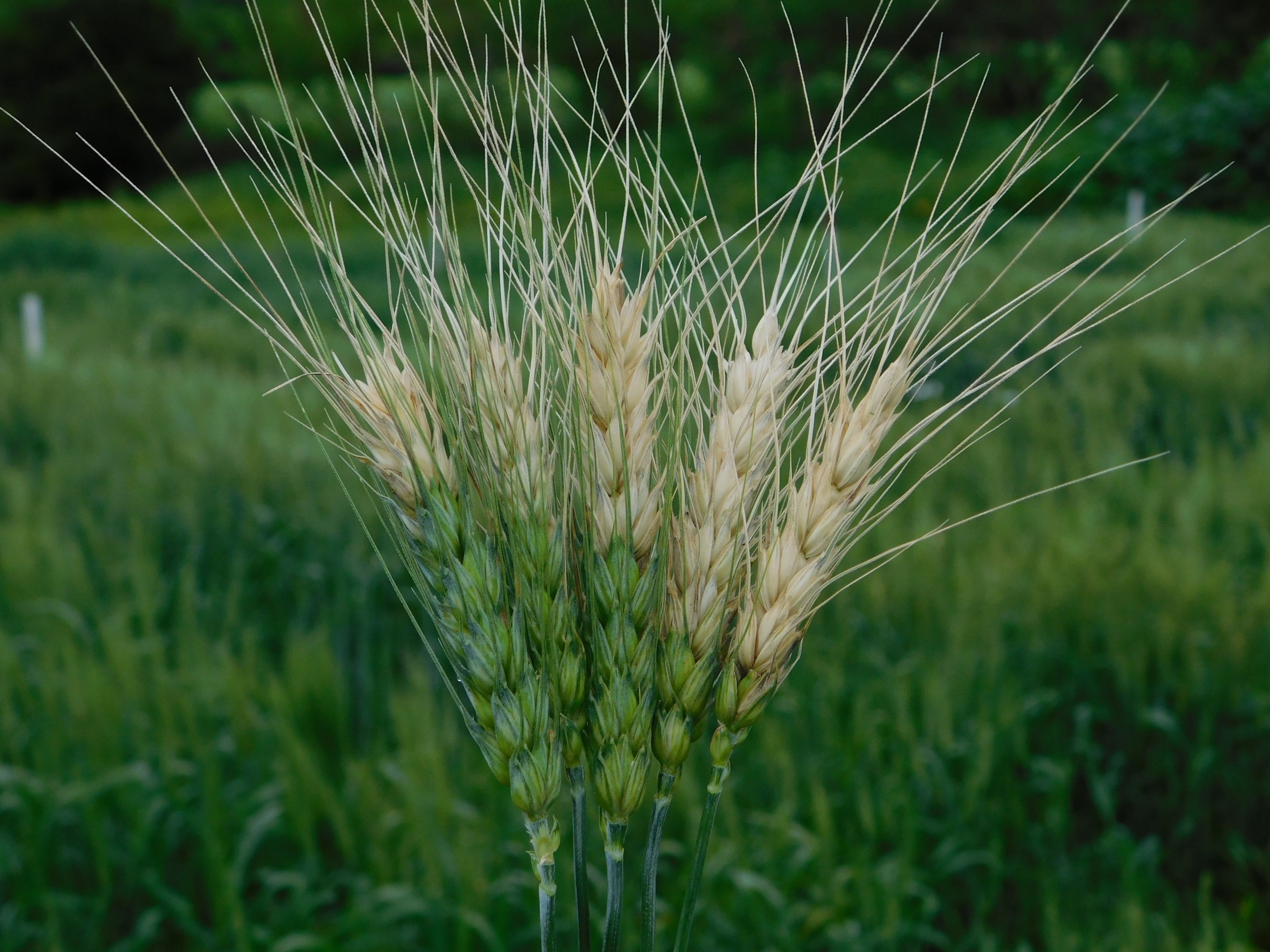Environmental health and biodiversity
The world needs better management of water, soil, nutrients, and biodiversity in crop, livestock, and fisheries systems, coupled with higher-order landscape considerations as well as circular economy and agroecological approaches.
CIMMYT and CGIAR use modern digital tools to bring together state-of-the-art Earth system observation and big data analysis to inform co-design of global solutions and national policies.
Our maize and wheat genebanks preserve the legacy of biodiversity, while breeders and researchers look at ways to reduce the environmental footprint of agriculture.
Ultimately, our work helps stay within planetary boundaries and limit water use, nutrient use, pollution, undesirable land use change, and biodiversity loss.
Unleashing the potential of plant health
 Climate adaptation and mitigation
Climate adaptation and mitigation
Webinar series from CGIAR examines the components of the crop supply chain, as part of the International Year of Plant Health.
Announcing CIMMYT-derived fall armyworm tolerant elite maize hybrids for eastern and southern Africa
 Environmental health and biodiversity
Environmental health and biodiversity
Breakthrough comes after three years of intensive research and trials conducted in Kenya — and during the United Nations International Year of Plant Health — and represents a significant advance in the global fight against fall armyworm.
“Happy Seeder” saves farmers money over burning straw, new study in India shows
 Climate adaptation and mitigation
Climate adaptation and mitigation
Authors conclude that no-till, no-burn practices can cut severe pollution in northern India and that they merit strong policy support, including enforcement of bans on burning straw.
Crop breeding and soil management must go hand in hand
 Environmental health and biodiversity
Environmental health and biodiversity
This World Soil Day, explore how breeding success is inextricably linked to how we address soil degradation.
Too much or never enough
 Climate adaptation and mitigation
Climate adaptation and mitigation
Don’t underestimate the crucial role nitrogen plays in cereal-based agroecosystems and achieving the Sustainable Development Goals.
Nitrogen in agriculture
 Climate adaptation and mitigation
Climate adaptation and mitigation
The most essential nutrient in global crop production is also one of the most challenging to work with.
Taking stock of the national toolbox
 Environmental health and biodiversity
Environmental health and biodiversity
Researchers take stock of the fertilizer recommendation tools in available in Ethiopia in support of the country’s National Soils Strategy.
Wheat disease common to South America jumps to Africa
 Environmental health and biodiversity
Environmental health and biodiversity
Source: SciDev.Net (3 Nov 2020)
Wheat blast is a serious threat to wheat production and can lead to yield losses of up to 100 percent.
Latin America poised to lead the next 50 years in food systems and agrobiodiversity research
 Environmental health and biodiversity
Environmental health and biodiversity
CGIAR centers make strong case for Latin America as the best place for investing in solutions to overcome challenges to global agriculture from climate change, pandemics and more.
What is sustainable intensification?
 Climate adaptation and mitigation
Climate adaptation and mitigation
Farming method can boost yields, increase farmers’ profits and reduce greenhouse gas emissions.
2020 World Food Prize recognizes career devoted to fight hunger and climate change through soil conservation
 Climate adaptation and mitigation
Climate adaptation and mitigation
Rattan Lal receives agriculture’s highest distinction for developing sustainable farming practices that conserve soils and contribute to climate change mitigation.
Wheat blast has made the intercontinental jump to Africa
 Environmental health and biodiversity
Environmental health and biodiversity
Source: Rural 21 (9 Oct 2020)
Wheat blast poses a serious threat to rain-fed wheat production in Zambia and raises the alarm for surrounding regions and countries on the African continent with similar environmental conditions.
Scientists find genomic regions associated with wheat blast resistance in CIMMYT nurseries
 Environmental health and biodiversity
Environmental health and biodiversity
Genomic-wide association study evaluated samples from Bolivia and Bangladesh for blast-resistant genes.
Starting with Seeds
 Climate adaptation and mitigation
Climate adaptation and mitigation
CIMMYT and partners in sub-Saharan Africa work with seed companies to invest in deployment of climate-resilient and nutritionally enriched maize seed.
Efforts in controlling maize disease boosting steady supply of certified seeds
 Environmental health and biodiversity
Environmental health and biodiversity
Source: Kenya Broadcasting Company (5 Oct 2020)
CIMMYT and partners are supporting the commercial seed sector to produce seed free from the maize cause of maize lethal necrosis.
